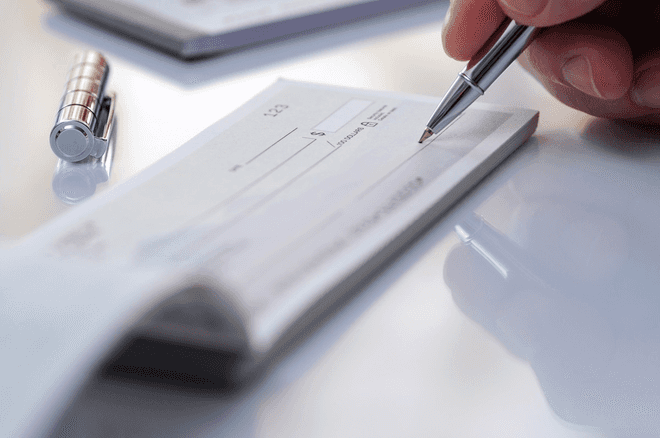Setting up something like a “Checkbook” Self-Directed IRA LLC can sound complicated. After all, you’re using an LLC within an IRA to establish checkbook control over a retirement account. It has to be a messy tangle of paperwork, doesn’t it? You’d be surprised. In fact, we often break it down into five simple steps—and these are steps you can carry out sooner than you think.
Step 1: Establish a Self-Directed IRA
The first step in creating a Checkbook Self-Directed IRA LLC? Simple. Establish a Self-Directed IRA. This process means drafting a specialized Self-Directed IRA Operating Agreement that includes specific language required for IRA compliance. It sounds complicated, but it’s easier than you might imagine. You’ll also need to register the LLC with your state and obtain an Employer Identification Number (EIN) from the IRS. These steps ensure that your LLC is legally recognized. This will make it compliant with federal regulations, setting the foundation for your investments.
Step 2: Transfer Retirement Funds
Once your Self-Directed IRA is established, the next step is to fund it. This typically involves transferring or rolling over funds from existing retirement accounts. For example, you may have money left over in former employer plans or traditional IRAs. Now, choose a custodian that allows investments in LLCs, as not all custodians offer this flexibility.
The transfer process is straightforward. But you should be careful to avoid transactions that could incur taxes or penalties. Your chosen custodian will guide you through the necessary paperwork here, ensuring that the transfer complies with IRS rules. Once the funds are in your Self-Directed IRA, you’re ready to move on to the next step.
Step 3: Checking Account
After your Self-Directed IRA is funded? You, as the named manager of the LLC, will need to establish a checking account for the LLC. This can be done at any bank of your choice. Having a dedicated checking account for the LLC is vital. This will be what gives you “checkbook control” and makes retirement investing so flexible for you.
When opening the checking account, make sure that it’s in the name of the LLC—not in your personal name. This distinction is important. It will maintain the separation between your personal finances and your retirement account, which is critical for legal and tax reasons.
Step 4: Funding a Checkbook Self-Directed IRA LLC
With the LLC’s checking account set up, the next step is to fund the LLC. The Self-Directed IRA custodian processes your investment directive and wires the funds from your IRA to the LLC’s checking account. This funding effectively capitalizes your LLC. Now it’ll have the necessary liquidity to start making investments.
Step 5: Investing Your Funds
With the LLC checking account full of money—or at least partially full—you can begin processing investment purchases. The range of permissible investments is broad, including real estate, private equity, precious metals, and more.
As the investor, it’s your responsibility to make sure all your investments comply with IRS regulations. This includes avoiding prohibited transactions, such as investing in collectibles or engaging in transactions with disqualified persons.
But it’s easier than it sounds. Yes, operating a Checkbook Self-Directed IRA LLC involves careful planning and adherence to regulations, but the benefits of control and flexibility can be substantial. By following these steps and leveraging professional guidance, you can effectively use a Checkbook Self-Directed IRA LLC to grow your retirement savings.
Contact TurnKey IRA at 844-8876-IRA (472) for a free consultation. Download our free guide or visit us online at www.turnkeyira.com.











